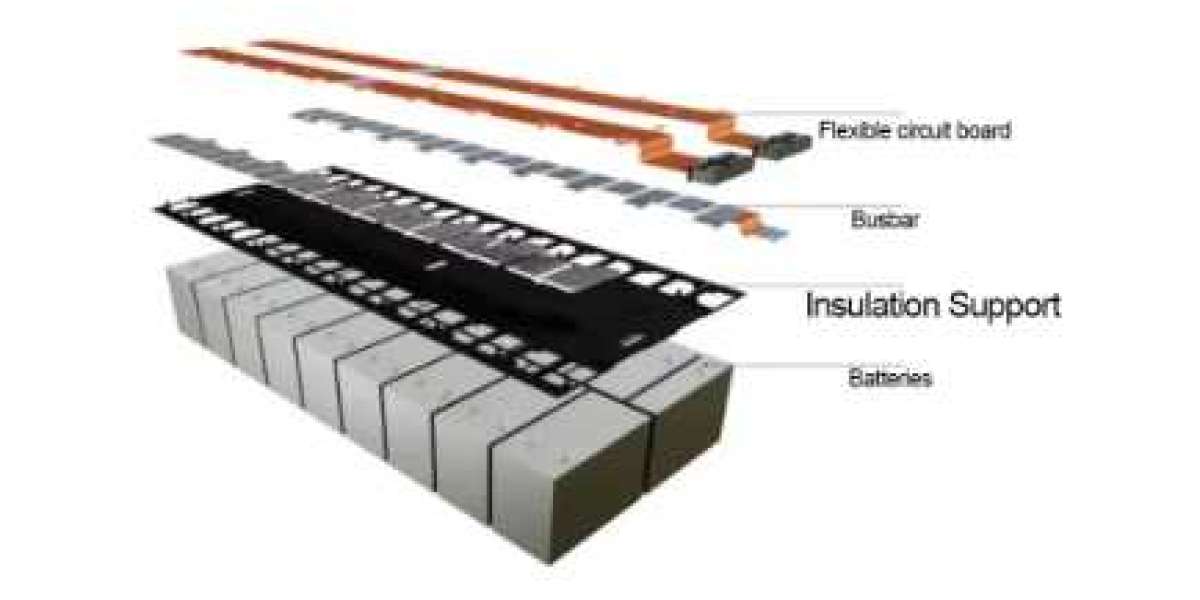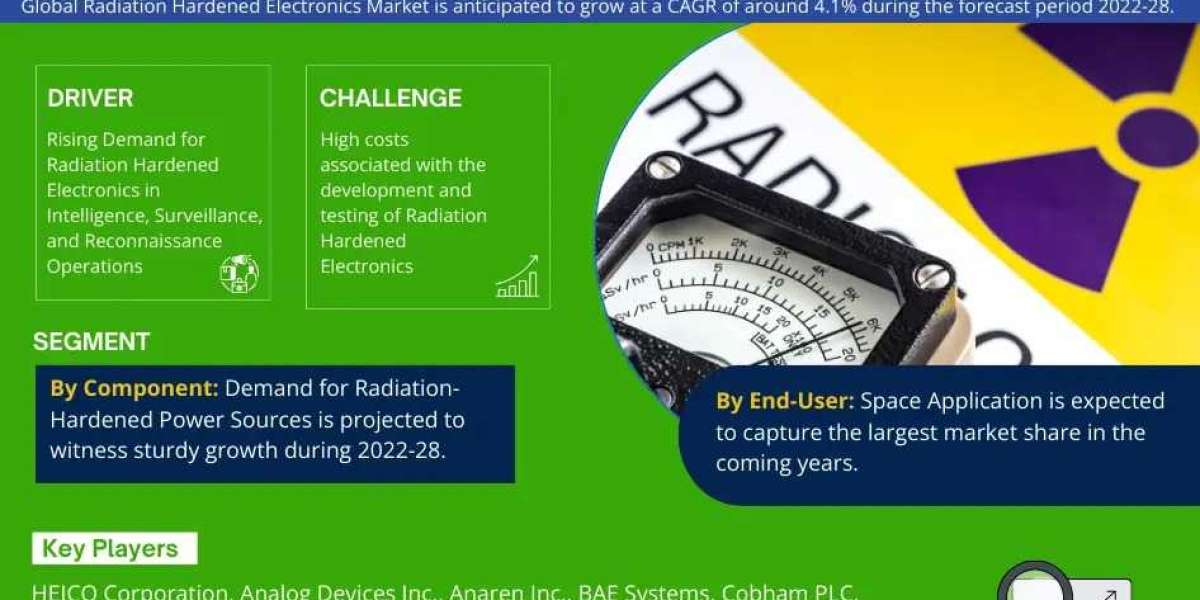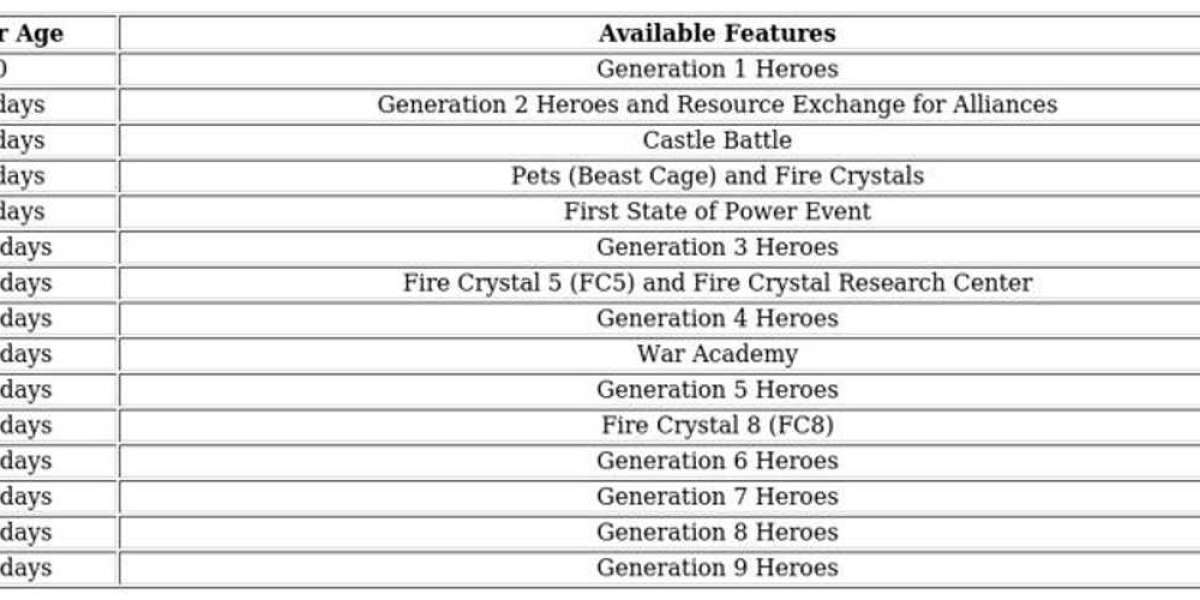In the world of manufacturing, two popular processes for creating plastic products are thermoforming and injection molding. While both techniques serve the purpose of shaping plastic into desired forms, they differ significantly in terms of approach, complexity, and applications. In this blog, we will delve into the differences between thermoforming and injection molding, shedding light on their unique features and benefits.
Understanding Thermoforming
Thermoforming is a versatile manufacturing process that involves heating a flat plastic sheet until it becomes pliable. The softened sheet is then pressed against a mold to create the desired shape. This method is commonly used to produce a wide range of plastic products such as trays, containers, blister packs, and automotive components. Thermoforming offers several advantages, including cost-effectiveness, quick turnaround time, and the ability to work with a variety of materials, including PVC, polystyrene, and polypropylene.

The Process of Thermoforming
Thermoforming consists of several key steps. First, a plastic sheet is loaded onto the thermoforming machine. The sheet is then heated until it reaches the appropriate temperature, making it flexible and pliable. Once heated, the sheet is pressed against a mold using either vacuum pressure or mechanical force. As the sheet conforms to the mold, it cools and solidifies, taking the desired shape. Finally, excess material is trimmed away, and the finished product is ready for use or further processing.
Advantages of Thermoforming
Thermoforming offers numerous benefits that make it a popular choice for manufacturing plastic products. Some advantages include:
Cost-effectiveness: Thermoforming requires less tooling and setup costs compared to injection molding, making it an economical choice for small to medium production runs.
Versatile Design Options: The process allows for intricate designs, textures, and customizations, offering greater design flexibility to meet specific product requirements.
Faster Turnaround Time: Thermoforming typically has shorter production cycles, enabling rapid prototyping and quicker product delivery to the market.
Material Variety: Thermoforming can accommodate a wide range of plastic materials, providing options for strength, clarity, and other desired properties.
Understanding Injection Molding
Injection molding is a highly precise and efficient manufacturing process that involves injecting molten plastic material into a mold cavity. The molten plastic is then cooled and solidified to form the desired shape. Injection molding is commonly used for creating complex and high-volume plastic components such as automotive parts, electronic enclosures, and household appliances. This method offers exceptional repeatability and precision.
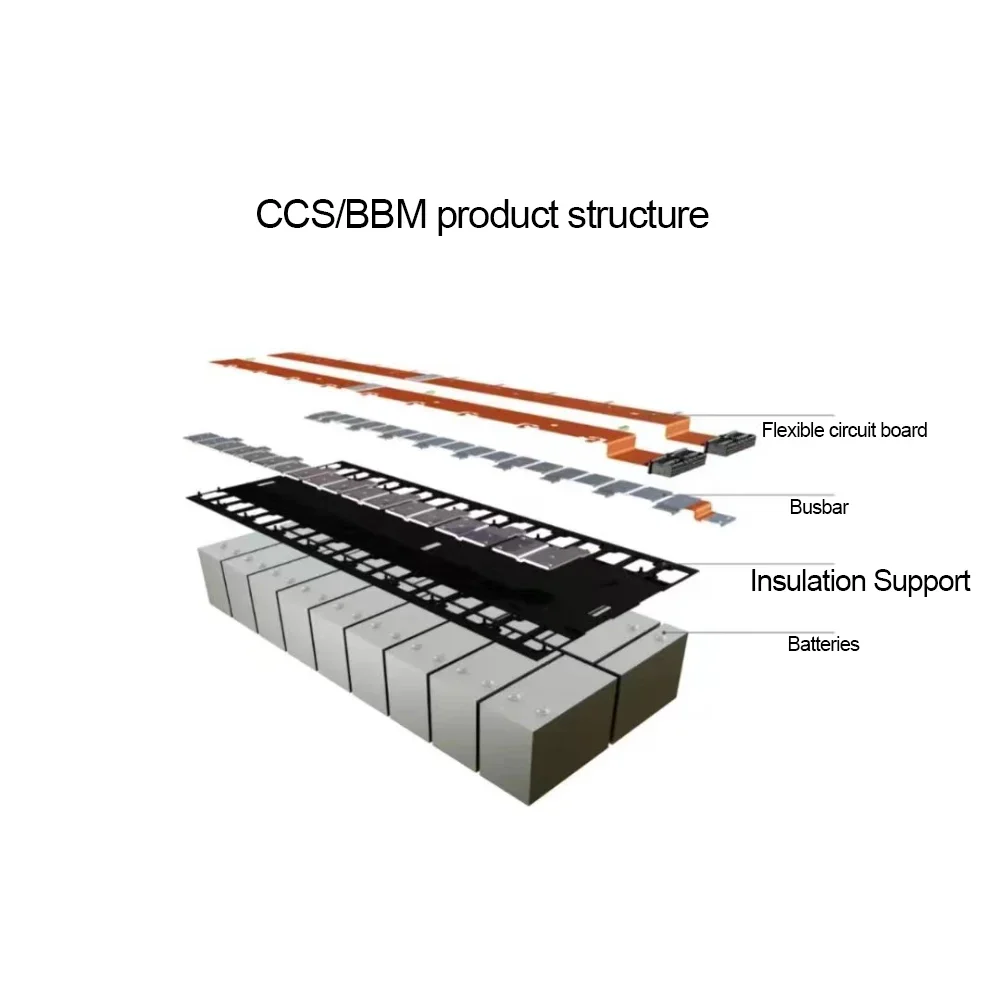
The Process of Injection Molding
Injection molding follows a systematic process. First, plastic pellets or granules are fed into a hopper, where they are melted and liquefied in an injection molding machine. The molten plastic is then injected into a mold cavity under high pressure. After cooling and solidifying, the mold opens, and the finished product is ejected. Injection molding machines can be fully automated, making it possible to produce large quantities of products with minimal intervention.
Advantages of Injection Molding
Injection molding offers unique advantages that make it suitable for certain applications. Some key advantages include:
High Precision: Injection molding allows for intricate and precise designs, making it ideal for creating complex geometries and tight tolerances.
High Production Volume: The automated nature of injection molding machines enables the production of large quantities of products within a short period.
Enhanced Material Properties: Injection molding can utilize a wide range of plastic materials, including thermoplastics and elastomers, to achieve desired properties like strength, durability, and heat resistance.
Reduced Post-Processing: Injection molded parts often require minimal or no post-processing, saving time and cost in the manufacturing process.
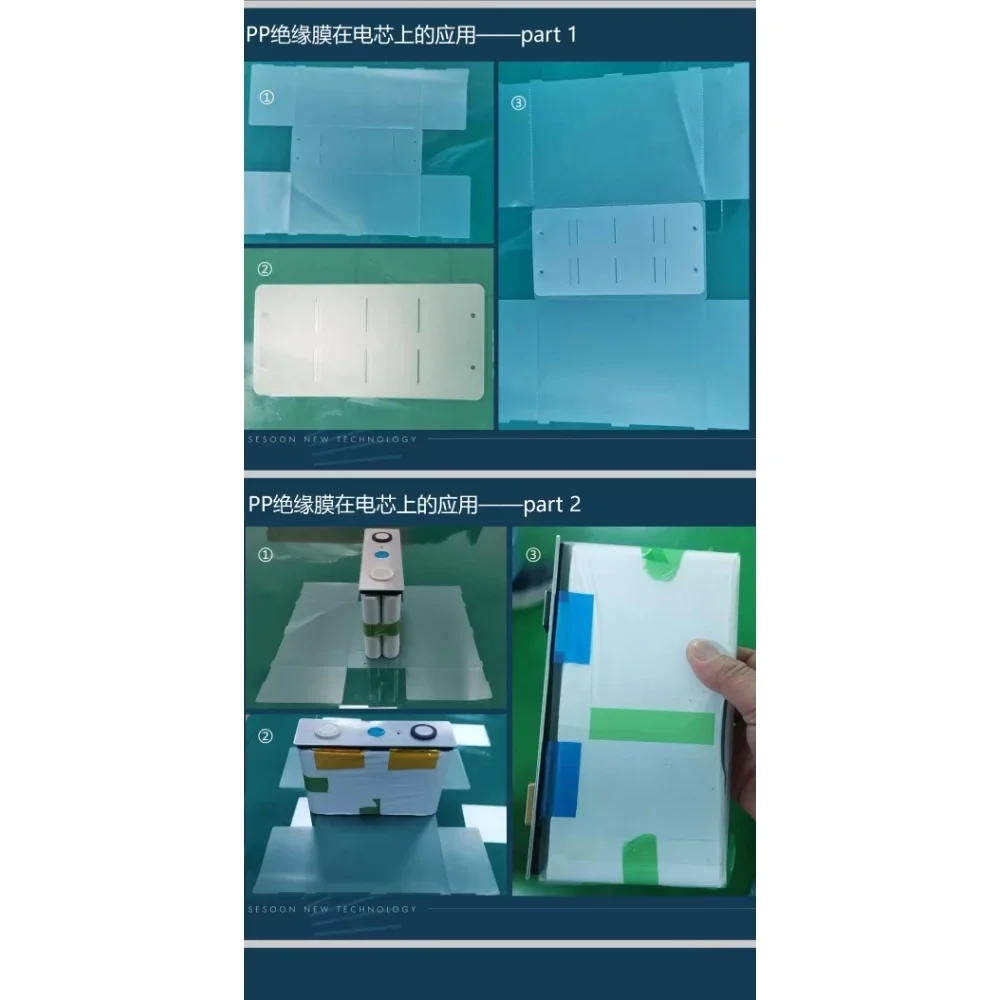
Conclusion
Thermoforming and injection molding are distinct manufacturing processes with their own unique features and benefits. While thermoforming offers cost-effectiveness, versatility, and quicker turnaround times, injection molding excels in precision, high-volume production, and enhanced material properties. Both techniques have their place in the industry and are chosen based on the specific requirements of the product being manufactured. As a manufacturer of thermoformed products, Hanhui New Material Technology understands the importance of selecting the most appropriate manufacturing process to deliver high-quality plastic products that meet customer needs.
At Hanhui New Material Technology, we specialize in thermoforming and have extensive experience in producing a wide range of products using this process. Thermoforming allows us to create complex shapes and designs with ease, making it an ideal choice for products that require intricate details or unique shapes. Additionally, thermoforming is a highly customizable process, allowing us to tailor the manufacturing process to meet the specific needs of our customers.
Our team of experts works closely with our clients to understand their requirements and design products that meet their exact specifications. We use state-of-the-art equipment and the latest technology to ensure that our thermoformed products are of the highest quality and meet the strictest industry standards.
Whether you need custom packaging, automotive parts, or medical equipment, we have the expertise and resources to deliver high-quality thermoformed products that meet your needs. Contact us today to learn more about our thermoforming capabilities and how we can help you bring your product to market.
Email:Jason.Gao@whh-nmt.com
